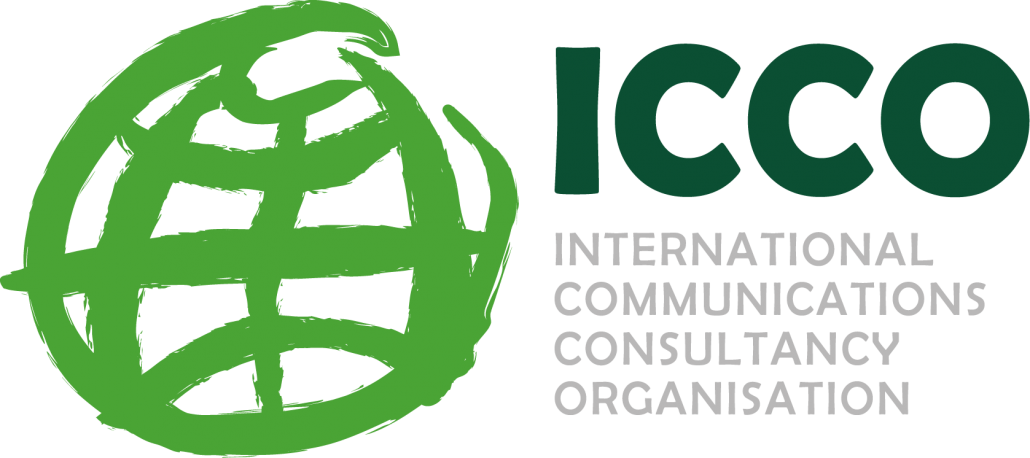Clean business is good business: corporate governance in a digital age
Article by Claudia Gioia, President & CEO, Hill+Knowlton Latin America
Over the past decade, corporate governance has been the subject of increasing attention and scrutiny, leading to a growing demand for transparency, social responsibility, and higher ethical governance standards.
Corporate governance, which refers to the policies and practices leaders use to manage themselves and fulfill their responsibilities to investors, employees, and other stakeholders, has widespread impact. It affects and dictates the internal functioning and morale of a company, and it also projects externally to the public.
In today’s business environment, having a social media presence is a must for companies. Without one, a company is competitively limited and seen as both archaic and out of touch. Moreover, it allows companies to communicate not only externally, but also internally with employees. Social media then becomes an extension of communication strategy by allowing enhanced transparency and increased interaction between companies, their stakeholders, employees, and the public.
As such, social media can be a powerful tool to enhance reputation, create opportunities, and promote a business, but it also opens a wide lens into the inner workings of a corporation and its leadership. Traditional media exposure and increasing “citizens’ policing” by those globally connected also give way to a new set of more rigorous ethical and transparency standards, revolutionising principles of corporate governance.
In some regions, such as Canada, the United States, the United Kingdom, Northern Europe, Australia, and New Zealand, certain tendencies in corporate governance have emerged.
Corporate governance expert Dr. Richard LeBlanc explains there are several major trends that can be applicable across borders.
These trends include:
1. Ensuring social independence between boards of directors and management.
2. Imposing limits on directors’ term lengths, as well as ensuring organizations are diverse.
3. Choosing directors strictly based on capabilities, skills, and expertise.
4. Implementing audit committees at all levels to lower risk of corruption.
5. Increasing and improving cybersecurity, including the internal management of information, preventing hackings, and providing a secure platform for the board of directors.
In addition to the above trends in corporate governance, it is also critical there be regulation of leadership, as certain leadership models are more conducive to corruption. Susan Frank Divers, senior advisor, LRN Corporation, explains that “it is not enough to create documents with behaviour codes or impose trainings on a company, an introspective analysis must be done.
Leadership models and management corporate structures based on control and secrecy eventually lead to bad corporate conduct.” Additionally, it is a very costly mistake for leaders to ignore the concerns and recommendations of their employees. In today’s digital communications age, a company without transparency is destined to fail.
It is important to highlight the role of the media in stalling corruption and continuing to provide a space for transparency and compliance. The media, and especially social media, provides visibility to the inner workings of companies, often exposing irregularities and instances of corruption. In addition to providing a platform for each individual to do their part, the media helps uncover and follow corruption stories. It has also contributed to making institutions adopt more rigorous and ethical transparency and corporate governance standards.
In this new global information environment, companies that turn away from the policies of honesty and transparency lose credibility and competitive advantages. Let us hope that public criticism, social vigilance, and sanctions by governments and private institutions, as well as ethical leadership programs, will continue to push companies to adopt practices with social conscience and integrity.
Deepak Kumar & Prerna Singh International Journal of Research (IJR) Vol-1, Issue-4, May 2014
http://www.academia.edu/8076073/SOCIAL_MEDIA_NEW_CHALLENGES_FOR_CORPORATE_GOVERNANCE





